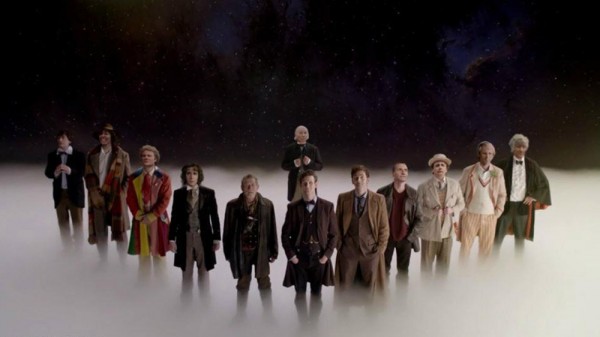We take a look back at some of the most pivotal moments in Doctor Who‘s long history.
The First Regeneration
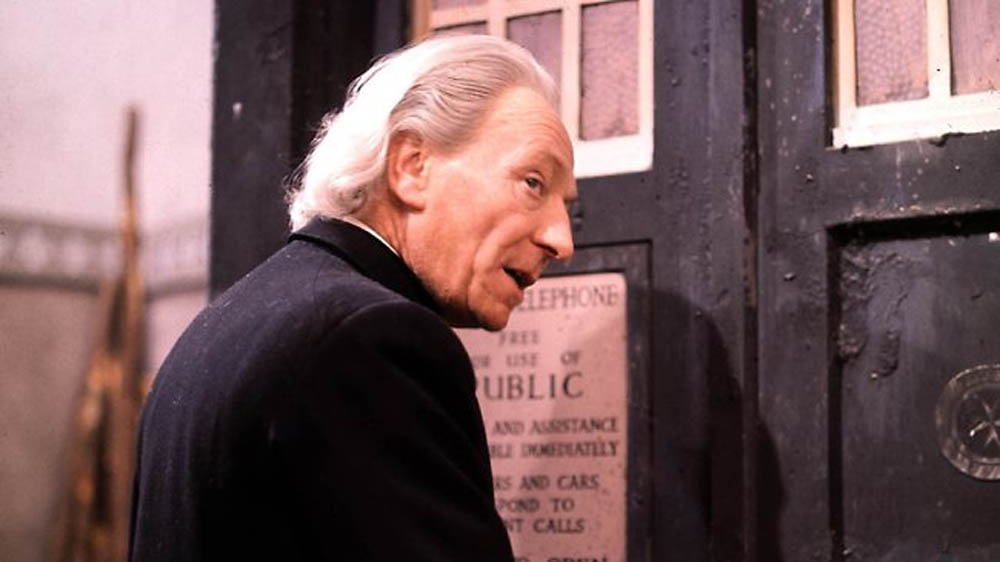
Born out of necessity due to William Hartnell’s failing health, the Doctor’s first bodily transformation was as seismic a change as any television programme has ever attempted. More than a simple recasting, the bewildered viewer had to accept a new actor, playing the role with an almost entirely different personally, was the same character.
While the concept of regeneration is now an established part of the mythos, it was an almighty risk that could have spelled the end for Doctor Who. Fortunately, due to the inspired casting of the mercurial Patrick Troughton in the role, the show survived the transition.
Only with subsequent changes did the concept become formalised. Indeed, the term ‘regeneration’ came into use onscreen to describe Pertwee’s replacement by Tom Baker. Unlike the now familiar firework effect, each transformation followed a slightly different pattern depending on the effects available at the time. First time around, at the end of ‘The Tenth Planet’, the process seemed intimately linked to the ship and the Doctor even stated in ‘Power of the Daleks’ “It’s part of the TARDIS, without it I couldn’t survive.”
Exiled to Earth
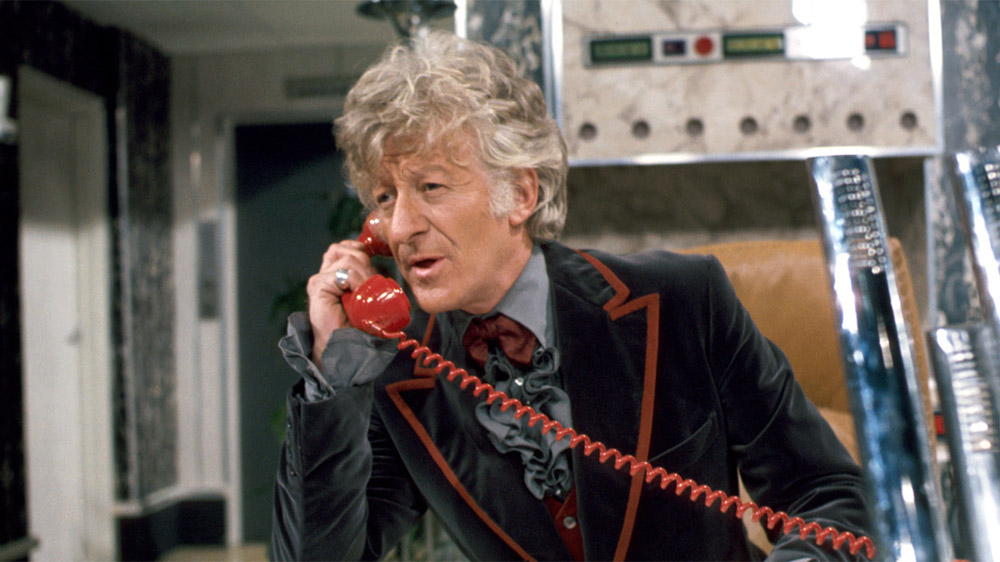
The beginning of Third Doctor’s era brought fundamental changes to the way the show operated, both on screen and behind the scenes. As BBC One embraced colour, the Doctor was no longer a freewheeling traveller; a punishment for interfering in the affairs of others saw him grounded on Earth with the secrets of time travel taken from his memory.
Drawing on the format established in previous contemporary Earth bound tales like ‘The Web of Fear’ and ‘The Invasion’, he became the Scientific Advisor for UNIT and helped defend the planet from alien attack. Gathering a cast of regulars, we had not only a female companion but also allies such as The Brigadier, Captain Mike Yates and Sergeant Benton plus a recurring foe in Roger Delgado’s evil Time Lord, The Master.
The show survived most of Pertwee’s five-year tenure in this form, with only the occasional jaunt off world at the behest of the Time Lords (who weren’t above employing the Doctor for their own ends). When they finally granted him the freedom of time and space again in ‘The Three Doctors’, his connection with Earth was not severed immediately and the UNIT family remained part of the show, dwindling away after Tom Baker took over.
Gallifrey
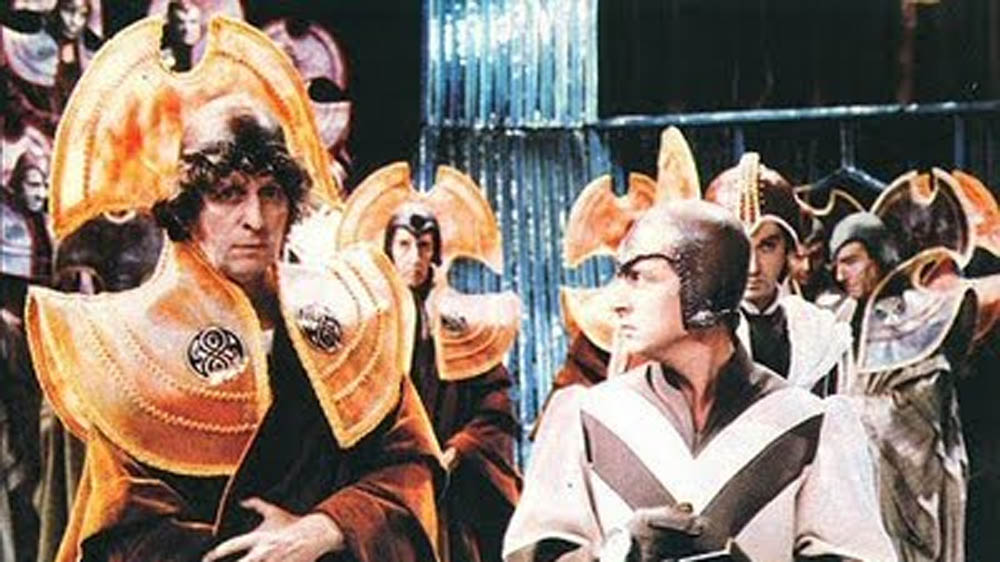
Although we briefly visited the Doctor’s home planet in ‘The War Games’ and had scenes set there in ‘The Three Doctors’, it was not until 1976 that the show lifted the lid on Gallifrey in ‘The Deadly Assassin’.
Far from the powerfully austere protectors of time glimpsed before, writer Robert Holmes revealed the Time Lords as aged, decrepit old men existing in a complex, politically fractured and corrupt society on the wane. No wonder the Doctor ran from this fate!
The tale is packed full of information about the Doctor and his people, revealing a caste system of differing chapters and an array of historical artefacts. We became acquainted with the Matrix, the repository of all knowledge, and The Eye of Harmony, the source of all their power. In addition, we were introduced to the legends of Rassilon, founder of Time Lord society and the first Lord President, and to the concept that a Time Lord would have a limited set of 12 regenerations.
The Last Great Time War
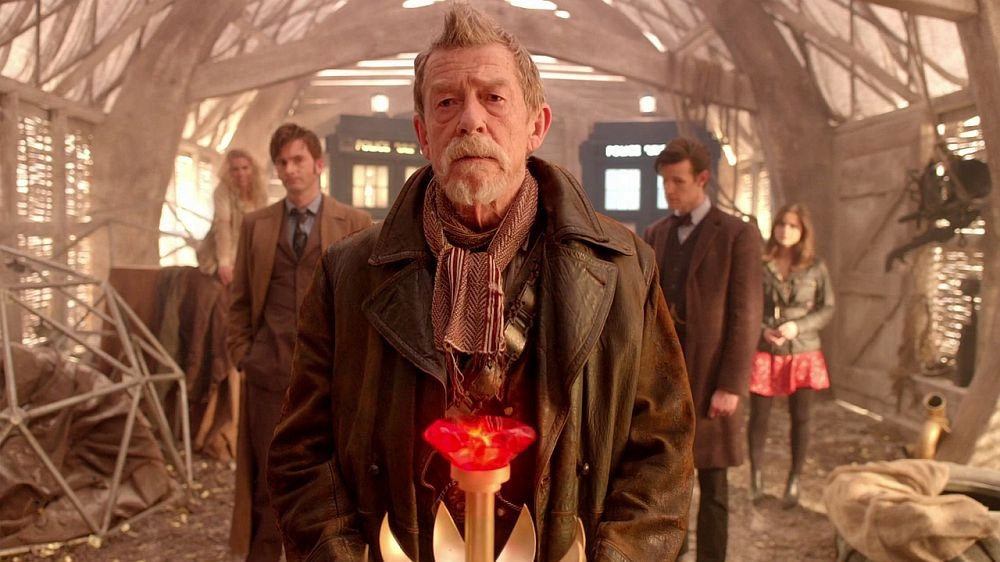
Although it initially occurred off-screen somewhere in the gap between the TV movie and the show’s 2005 rebirth, the ‘Last Great Time War’ was an almighty conflict that continues to have ramifications for the show today. With the Daleks battling the Time Lords for control of the time lines, both the Doctor and the Master fought for the survival of their species and the universe at large.
We heard perplexing talk of puppet Dalek Emperors and the Skaro Degradations. Something called the Cruciform was lost and elements such as the Nightmare Child and the Horde of Travesties took part, as well as the Could’ve Been King who led the Army of Meanwhiles and Never-Weres.
In the end, even the Time Lords themselves became rotten to the core. After resurrecting their former Lord President Rassilion, he proposed an ultimate sanction that was going to raise them up as non-corporeal gods and destroy creation in the process. The Doctor acted, destroying both the Daleks and his own kind, sealing the conflict in a Time Lock and leaving him believing he was the last of the Time Lords.
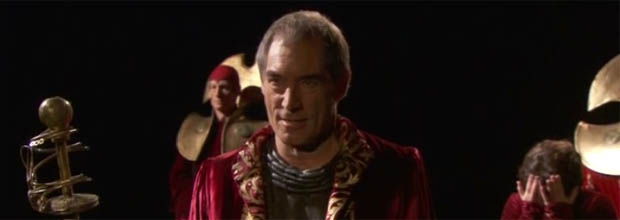
Creating a mystery to the Doctor’s situation, the Time War allowed new viewers in 2005 to come into the show without needing any prior knowledge. As layers of Time Lord back-story were jettisoned, the Doctor began again as he did in 1963; a mysterious traveller in time, albeit one battle scarred and carrying some heavy emotional baggage.
Then along came ‘The Day of the Doctor’, John Hurt, a big red button and a fez falling through a wormhole – and everything changed (again)…
“It’s taken me so many years, so many lifetimes, but at last I know where I’m going. Where I’ve always been going. Home. The long way around.”
The TARDIS stole the Doctor
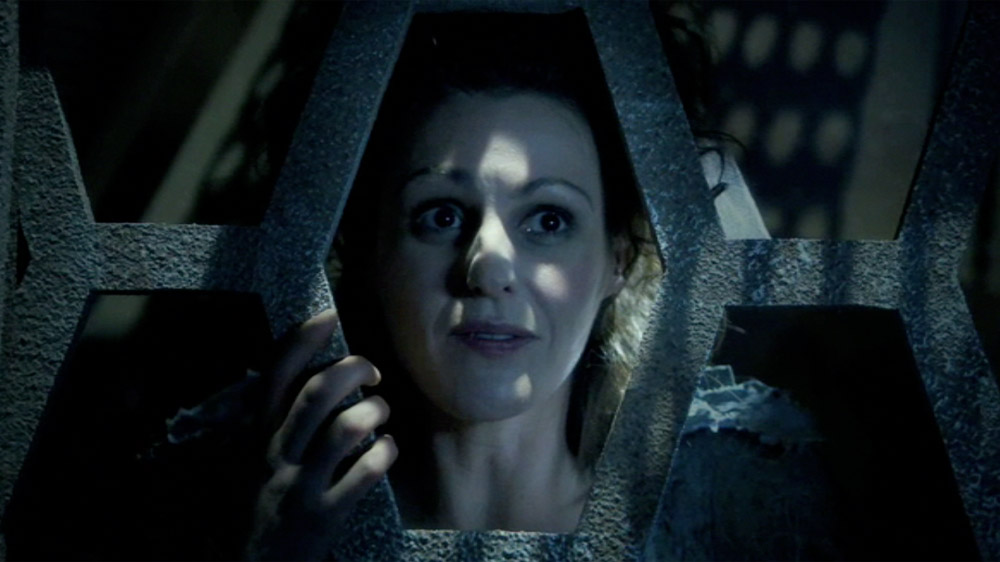
2011’s ‘The Doctor’s Wife’ managed to turn accepted wisdom on its head. With the TARDIS consciousness in human form, it provided the rare opportunity for a direct conversation of sorts between the ship and its pilot.
Thank to Neil Gaiman’s tremendous script, not only did we discover that the ship sometimes takes him where he is needed, rather than where he wishes to go, but also that she was complicit in his escape from Gallifrey. Apparently, her wanderlust matches his and it has made for a successful marriage, as he was the only Time Lord mad enough to borrow her.
What’s your favourite game-changing moment in Doctor Who? Let us know below…

